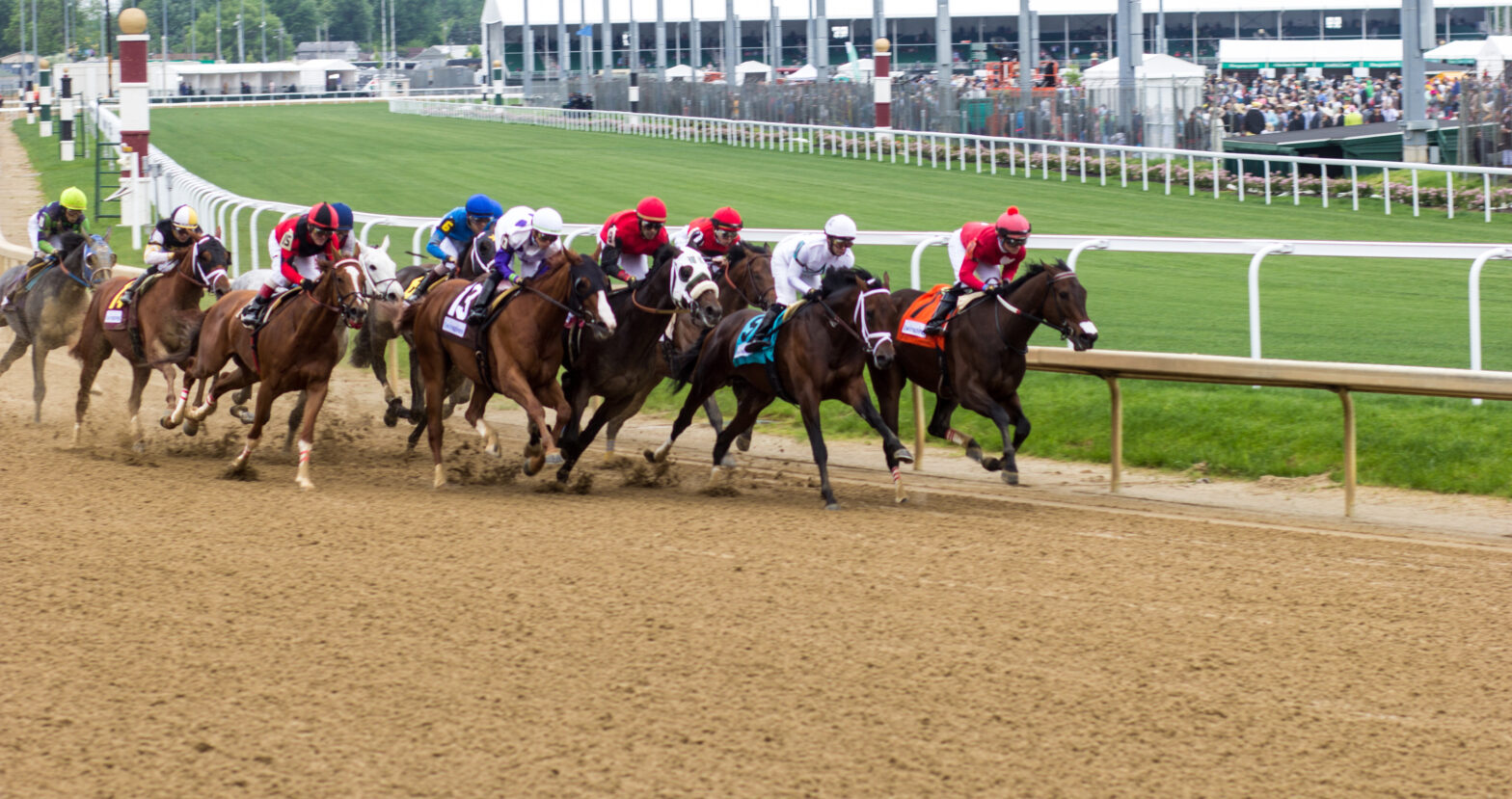Each spring, the eyes of the nation—and millions more around the world—turn to Louisville, Kentucky, for the “most exciting two minutes in sports.” But beyond the pageantry, fashion and fanfare, the Kentucky Derby serves as a powerful example of how a single sporting event can drive meaningful economic growth across an entire region.
The Derby is far more than a horse race; it’s an economic engine that supercharges Louisville’s hospitality, tourism and small business sectors, with ripple effects that extend well beyond Louisville city limits. The 2025 Derby, marking the event’s 151st running, underscored this impact, generating an estimated $441 million in local economic activity—a staggering return for a two-minute race.
Despite the rainy weather this year, the event still drew 147,406 in-person attendees, while television viewership soared to 17.7 million—the highest since 1989. This surge of attention translated into real economic results for businesses across the city. Hotel occupancy was projected to be over 90%, while restaurants, bars and attractions like the Kentucky Derby Museum reported major upticks in patronage. From bourbon tours to bed-and-breakfast bookings, nearly every corner of the local economy benefited from the influx of visitors.
The labor impact is just as significant. During Derby season, the track hires an additional 10,000+ temporary workers, offering short-term employment that supports local incomes and livelihoods—from caterers and ushers to transportation crews and groundskeepers. More broadly, the tourism industry in Louisville supports an estimated 70,000 hospitality-related jobs and contributes over $300 million in state and local tax revenue annually, reducing the tax burden for residents.
For small businesses and main street storefronts, Derby weekend is one of the most important of the year. The rush of visitors drives restaurants and retailers to ramp up staffing and inventory—often doubling or tripling typical sales. It’s a critical injection of income for local operators, many of whom rely on this seasonal surge to sustain their bottom line.
And the Derby’s influence isn’t limited to Louisville. Towns across Kentucky benefit as visitors fan out for bourbon trail excursions, horse farm tours and local cultural attractions. With a global TV audience of over 17 million, the event also serves as a massive branding moment—not just for Louisville, but for the heartland as a whole.
As policymakers consider strategies to bolster regional economic development, the Kentucky Derby offers a compelling case study. Strategic investment in cultural assets, tourism infrastructure and event-based economies can yield long-term dividends. The Derby demonstrates how tradition and economic development can go hand-in-hand—transforming two minutes of sport into hundreds of millions in sustained impact.
In a time when rural and mid-sized cities are searching for new engines of growth, the Derby illustrates what’s possible when communities capitalize on their unique assets. For the heartland, the Kentucky Derby is more than a race—it’s a roadmap.

